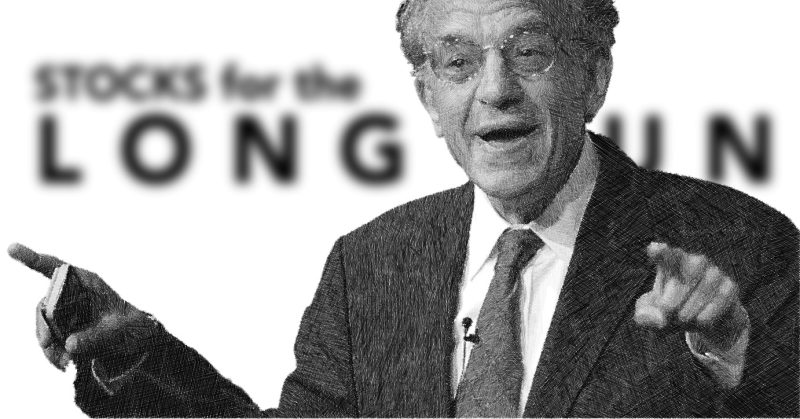by Professor Jeremy J. Siegel, Senior Economist to WisdomTree and Emeritus Professor of Finance at The Wharton School of the University of Pennsylvania
First, the market is rallying on news that the targeted tariffs that Trump is planning to introduce on April 2 may be more limited than initially feared. Let’s hope that is the case.
Last week, the Federal Reserve (Fed) portrayed a dovish tone. Despite a modest uptick in near-term inflation projections and a notable downgrade to GDP growth, Fed Chair Powell’s tone emphasized flexibility, dismissing long-term inflation fears tied to tariffs, and citing evidence from the financial markets muted long-term expectations. It’s no surprise equities liked that combination from Powell, but sentiment remains jittery on tariff side.
Powell downplayed the impact of recent inflation readings, highlighting the Fed’s long-preferred “5-year, 5-year” forward inflation rate as still anchored. That’s a crucial signal. Despite headlines on consumer inflation rising to 2.8%, the market’s long-term inflation expectations haven’t budged. Powell effectively told us he sees these price pressures as temporary supply-side distortions, not a fundamental shift in the inflationary regime. He even referenced the 2019 tariffs as non-inflationary, reinforcing the message that not all price spikes merit a rate response.
What stood out most, however, was what Powell didn’t say. There was no hard shift in the Fed’s policy stance despite the dot plot nudging upward across nearly all horizons. The Committee’s long-run neutral rate stayed at 3.0%, though individual projections showed more members leaning toward higher-for-longer. Still, Powell’s refusal to entertain the idea of tightening—despite short-term inflation pressure and shaky consumer sentiment—suggests the Fed sees the recent economic softening as real, but not recessionary. He noted jobless claims and broader labor market data remain firm, and brushed off recent sentiment drops as not yet reflected in the hard data.
The key question now becomes how much of the Fed’s downward GDP revision—from 2.1% to 1.7%—is temporary. A softer first quarter seems likely, with real growth tracking just 1 to 1.5%, well below prior projections. Yet Powell pointed to non-economic factors weighing on the numbers, including a steep drop in immigration that’s reducing labor supply and cushioning the unemployment rate. The immigration slowdown may also explain why unemployment projections for 2024 and beyond remain relatively flat, even as GDP expectations decline.
Internationally, the tariff issue looms largest. April 2 is shaping up to be a major inflection point for markets. That’s when Trump is expected to lay out reciprocal tariff plans, which could either calm markets or reignite fears of a disruptive trade war. The sharp 10% decline in equities from December highs reflects deep investor anxiety around erratic tariff announcements and their cascading effect on global sentiment. Recent calm suggests advisors may have persuaded Trump to hold off the worst, but clarity is essential. A clear and measured tariff plan—particularly if it avoids broad retaliation—could trigger a strong relief rally.
While the Fed didn’t highlight it, Powell twice mentioned “rumblings” in the money markets as a reason to slow quantitative tightening. That’s unusual. No details were offered, but such hints suggest the Fed is sensitive to liquidity conditions and the risk of financial stress. This is a lesson learned from 2018’s abrupt tightening episode and supports Powell’s broader message of a “glide path” approach—steady, flexible, and responsive.
Copyright © WisdomTree
















